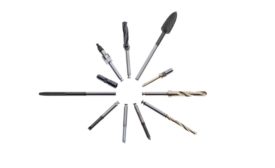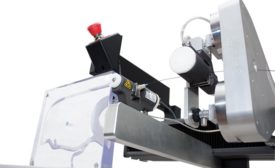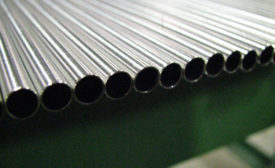Home » medical devices
Articles Tagged with ''medical devices''
Prioritization Matrix Use in Program/Project Management
We use prioritization constantly to streamline board meetings.
September 15, 2018
WEB EXCLUSIVE
Functional PVD Coatings Improve Medical Device Performance and Life
June 27, 2018
Mechanical Testing of a Stent: From Component Selection to Deployment Techniques
With stents and other implantable medical devices, the cost of failure can be extremely high.
June 8, 2018
3D Printing Speeds Development of New Materials for Medical Devices
Despite regulatory challenges, many U.S.-based companies and research labs are forging ahead with hybrid materials for 3D printed medical implants that could revolutionize healthcare.
March 1, 2018
Risk Based Approach for Medical Devices Quality Management
It’s not just paperwork.
October 17, 2017
The Rise of Total Product Life Cycle
And the need for product lifecycle management (PLM) automation.
September 1, 2017
Nondestructive Testing of Implanted Medical Device Materials
Detecting defects in medical devices before they are implanted is critical to ensure the safety and reliability of such devices.
April 1, 2017
Stay in the know with Quality’s comprehensive coverage of
the manufacturing and metrology industries.
eNewsletter | Website | eMagazine
JOIN TODAY!Copyright ©2024. All Rights Reserved BNP Media.
Design, CMS, Hosting & Web Development :: ePublishing











